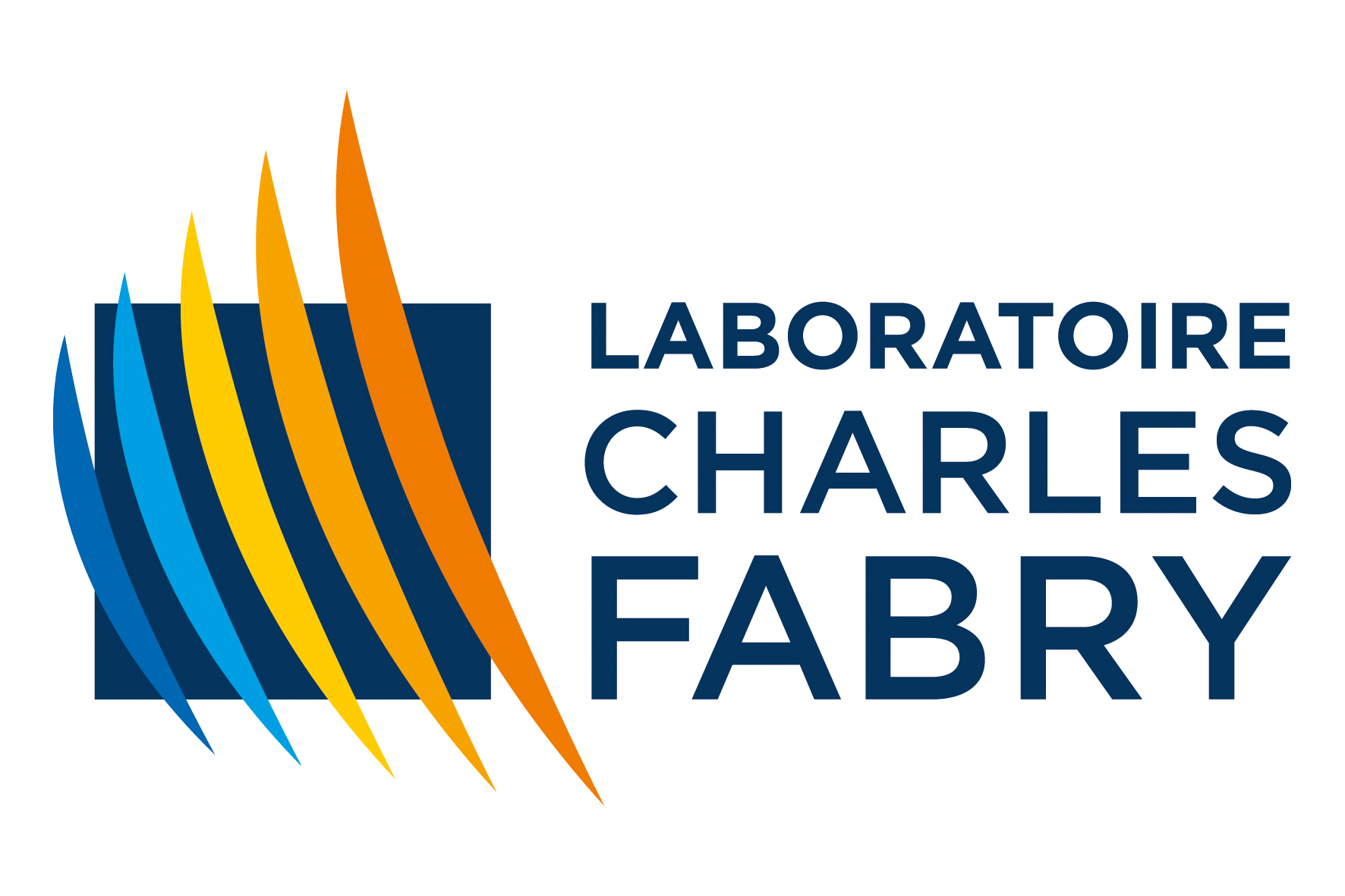Measurement of optical scattering properties using line-field confocal optical coherence tomography (LC-OCT)
Résumé
Line-field confocal optical coherence tomography (LC-OCT) is an imaging technique that combines the principles of time-domain OCT and reflectance confocal microscopy (RCM). LC-OCT was designed to generate threedimensional (3D) morphological images of the skin, in vivo, with a spatial resolution of ∼ 1 µm. As in OCT and RCM, LC-OCT image contrast originates from the backscattering of incident light by the sample microstructures, which is determined by the optical scattering properties of the sample, namely the scattering coefficient µ s and the scattering anisotropy parameter g. When imaging biological tissues, these properties can provide insight into tissue organization and structure, and could be used for quantitative tissue characterization in vivo. We present a method for obtaining spatially-resolved measurements of optical scattering parameters from LC-OCT images. Our approach is based on a calibration using a test sample with known optical scattering properties and on the application of a theoretical model previously developed for focus-tracking mode OCT and RCM. Assuming a single-scattering regime, this model allows to derive the optical scattering parameters µ s and g from the intensity depth profiles acquired by LC-OCT. Spatially-resolved measurements are achieved by dividing the 3D LC-OCT image into "macro-voxels" and analyzing the different sample layers separately, leading to 3D distributions of µ s and g. This method was experimentally tested against integrating spheres and collimated transmission measurements and validated on a set of mono-and bi-layered scattering phantoms.
Domaines
Optique / photonique
Origine : Fichiers produits par l'(les) auteur(s)
licence : Copyright (Tous droits réservés)
licence : Copyright (Tous droits réservés)



